| This is Minos, home of the Minotaur, the Labyrinth, and Daidalos and Ikaros. Artifacts found here (and now located in the Knossos Museum) date from around 7000 BC through 5th century AD. Sir Arthur Evans discovered the ruins in 1878 while looking for seals (sealing wax imprints). He decided to reconstruct the site so that it would look like the area during its height. Most of what we see here is not original. As a matter of fact, the original frescos were even moved to the museum. | |||||||||||||||||||||||||||||
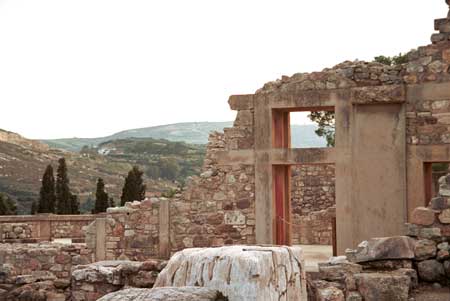 |
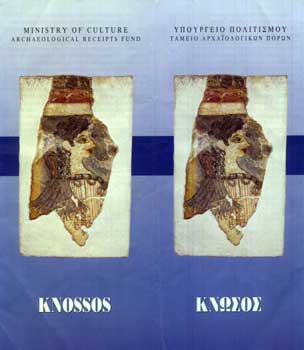 |
||||||||||||||||||||||||||||
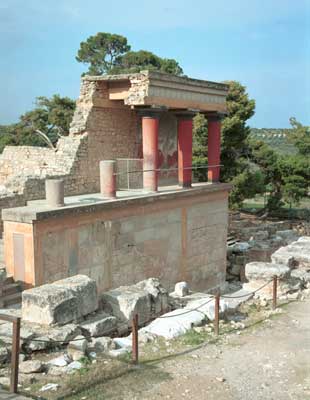 |
|||||||||||||||||||||||||||||
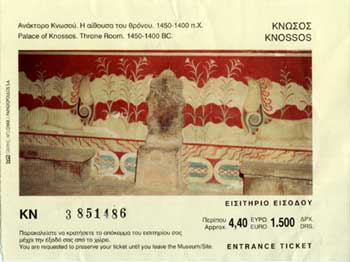 |
|||||||||||||||||||||||||||||
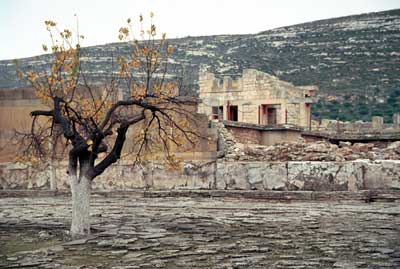 |
|||||||||||||||||||||||||||||
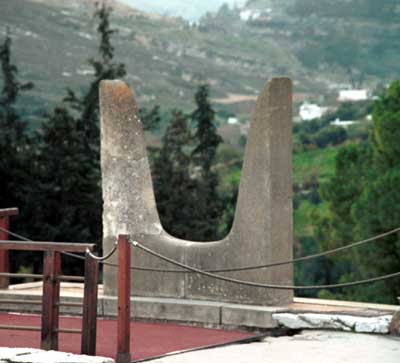 |
|||||||||||||||||||||||||||||
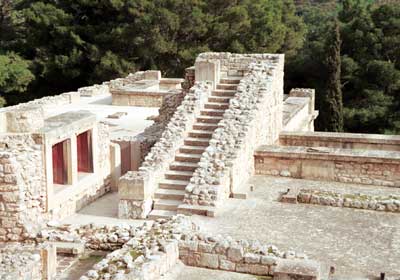 |
|||||||||||||||||||||||||||||
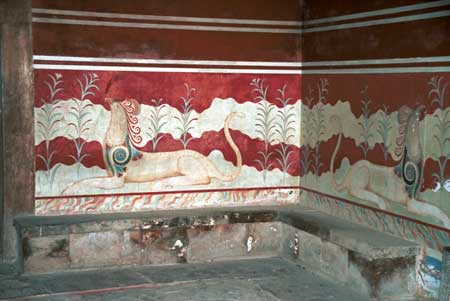 |
|||||||||||||||||||||||||||||
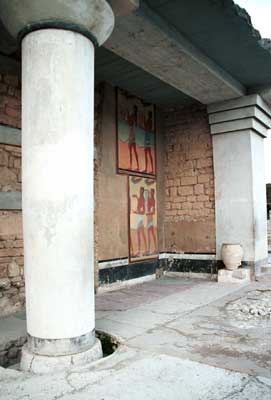 |
|||||||||||||||||||||||||||||
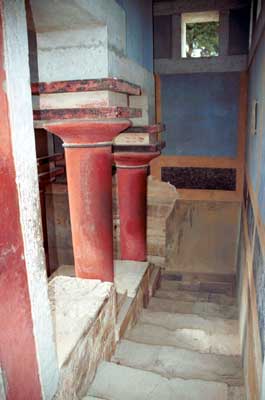 |
|||||||||||||||||||||||||||||
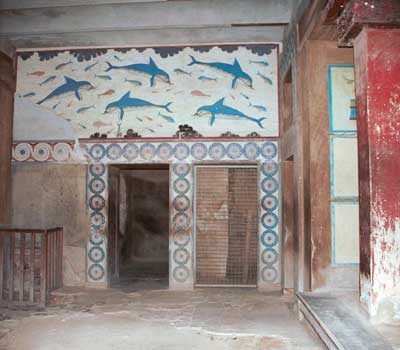 |
|||||||||||||||||||||||||||||
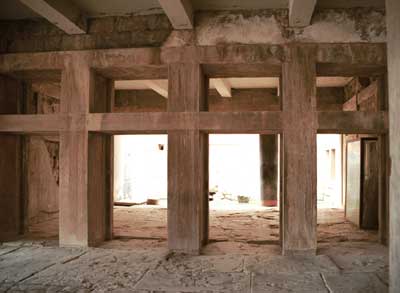 |
|||||||||||||||||||||||||||||
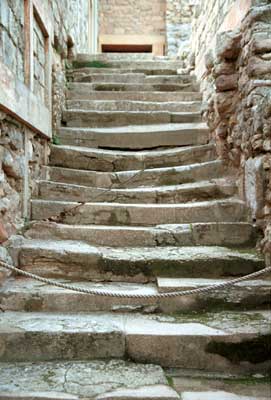 |
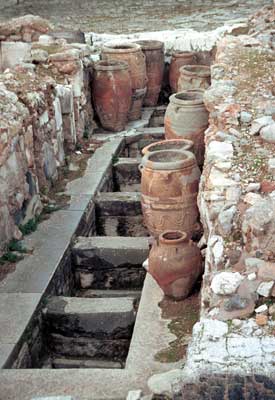 |
||||||||||||||||||||||||||||
| top | home | back | |||||||||||||||||||||||||||
| R7 | olympia museum | olympia park | patra | iraklion | knossos museum | rhodes port | rhodes town | ||||||||||||||||||||||
| rhodes palace | athens port | athens city | acropolis site | acropolis museum | |||||||||||||||||||||||||